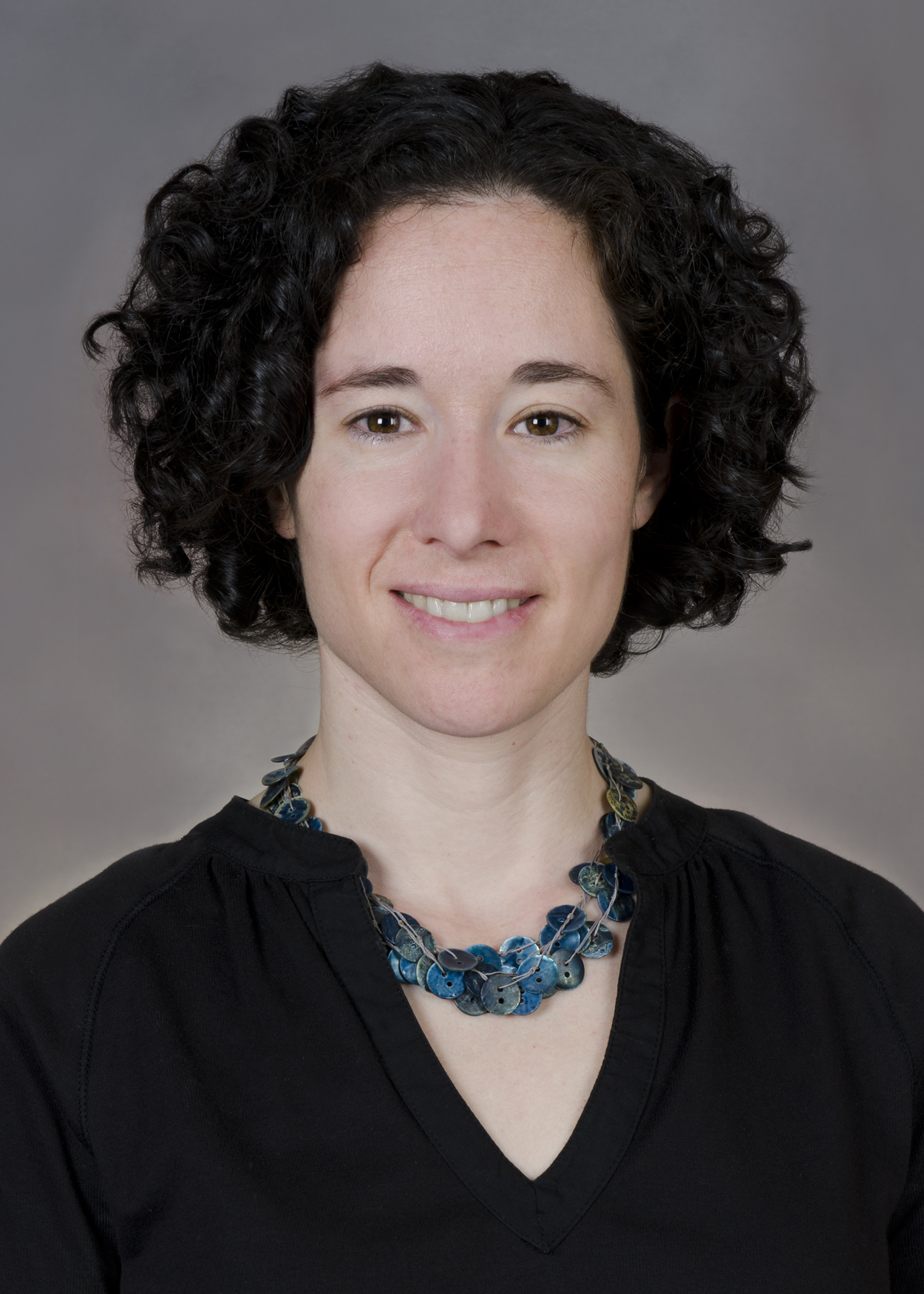By Jenny Wilson and Peter Sporns.
Many pediatric hospitals have developed systems to respond to an acute pediatric stroke. These systems involve collaboration between physicians, nurses, and other experts hospital-wide from a diverse set of backgrounds and training, with the mutual goal of improving the care of children with stroke. Inevitably, the approaches sometimes differ. Here we present a couple of real cases followed by the perspectives of two different disciplines:
Case 1: The pediatric stroke working group at a children’s hospital agreed that incoming children with acute stroke should stop in the pediatric emergency room (ER) rather than going directly to obtain imaging, and then possibly to be treated with an intervention called thrombectomy, where a clot is removed from the blocked vessel. However, when such a teenager arrived from the helicopter, the interventional neuroradiologist bypassed the ER and brought him directly to the CT scanner, and then to be treated with thrombectomy.
Case 2: In preparing for a child with acute stroke to arrive, knowing that his symptoms were mild and he was not likely to be a candidate for thrombectomy, the pediatric neurologist requested an MRI-based study which would take longer, but not expose the child to radiation. The interventionalist requested the more rapid CT-based study, uses ionizing radiation. The child ultimately received the CT and was not found to be a candidate for thrombectomy. He later had an MRI which demonstrated that he had an abscess rather than a stroke.
Jenny Wilson, MD (pediatric neurologist): These examples demonstrate how the approach to adult stroke cannot be directly translated to children. From a pediatrician’s perspective, it is generally not safe to have a system in which a potentially sick child is being managed solely by a physician without pediatrics training. However, in case 1, the interventionalist felt that every saved minute was potentially important to improving the outcome and outweighed the relatively low risk of bypassing the ER in this teenage patient. Case 2 highlights the importance of considering the higher risk of radiation exposure in children as compared to older adults, particularly when such an exposure might be avoided. While in older adults a CT scan without contrast is essentially risk-free, a single CT scan in childhood significantly increases the risk of lifetime cancer. As we consider more children for acute intervention, centers with these capabilities should also offer a competitively rapid MRI alternative to the CT scan.
Peter Sporns, MD, MHBA (neurointerventionalist): From my perspective it is still astonishing how fast patients often recover after thrombectomy, often without any deficits. Thrombectomy for stroke is – with a number needed to treat of ~2.5 – one of the most powerful treatments developed in the field of medicine in recent years. The interventionalist knows that this treatment has to be delivered as fast as possible to be effective. In a stable teenager, the stop at the ER just adds time. Also, for deciding whether MRI with its more sensitive identification of ischemic changes or the more robust CT which has the higher radiation dose the neuroradiologist relies on the information of the child neurologist about the suspected severity and probability of the stroke but also on the degree of agitation that may point towards a faster CT-based examination. The above-mentioned examples highlight the conviction of the interventionalist that this treatment has to be delivered as fast as possible, but naturally would have benefitted from the input of a pediatric neurologist.
Both of these examples highlight some of the challenges of bringing acute stroke interventions to children. Pediatric neurologists offer a crucial perspective, having expertise in conditions unique to children that may impact decisions about intervention, are more sensitive to pediatric-specific risks, and understand the outcome after pediatric stroke. On the other hand, the neurointerventionalist has the depth of stroke and interventional experience that a pediatric neurologists can never match. Close communication between pediatric neurologists and interventionalists is essential and should not delay treatment. In order to achieve this, there must be a foundation of collaboration between providers caring for children with stroke from different training backgrounds. IPSO serves a crucial role in bringing together experts across multiple disciplines. This collaboration with subspecialists with a variety of backgrounds and training will eventually let us move forward together with the goal of improving our care and knowledge of children with stroke.
Links to Relevant Scientific Publications:
2019 American Heart Association (AHA) guidelines/statements stroke management
https://www.ncbi.nlm.nih.gov/pubmed/31662037
https://www.ncbi.nlm.nih.gov/pubmed/30686119
Papers on risks of ionizing radiation exposure
https://www.ncbi.nlm.nih.gov/pubmed/31483470
https://www.ncbi.nlm.nih.gov/pubmed/14523191
Links to Relevant Lay Press Articles:
New York Times article about expanding time window to treat acute stroke with thrombectomy (Jan 24, 2018)
https://www.nytimes.com/2018/01/24/health/stroke-clots-brain.html
New York Times blog post on cancer risk with CT scans (July 15, 2013)
https://well.blogs.nytimes.com/2013/07/15/the-possible-cancer-toll-of-ct-scans/
Report on effectiveness of a pediatric stroke protocol at Children’s Hospital at Vanderbilt (July 23, 2015)
https://news.vumc.org/2015/07/23/study-shows-effectiveness-of-pediatric-stroke-protocol/

Jenny Wilson, MD
OHSU Doernbecher Children's Hospital

Peter Sporns, MD, MHBA
University Hospital of Muenster
